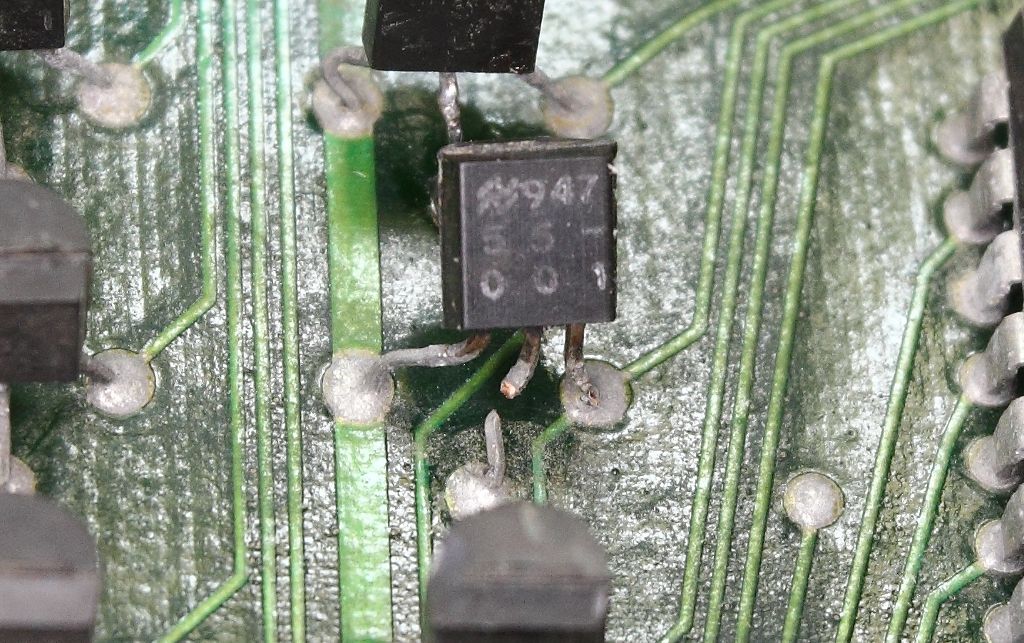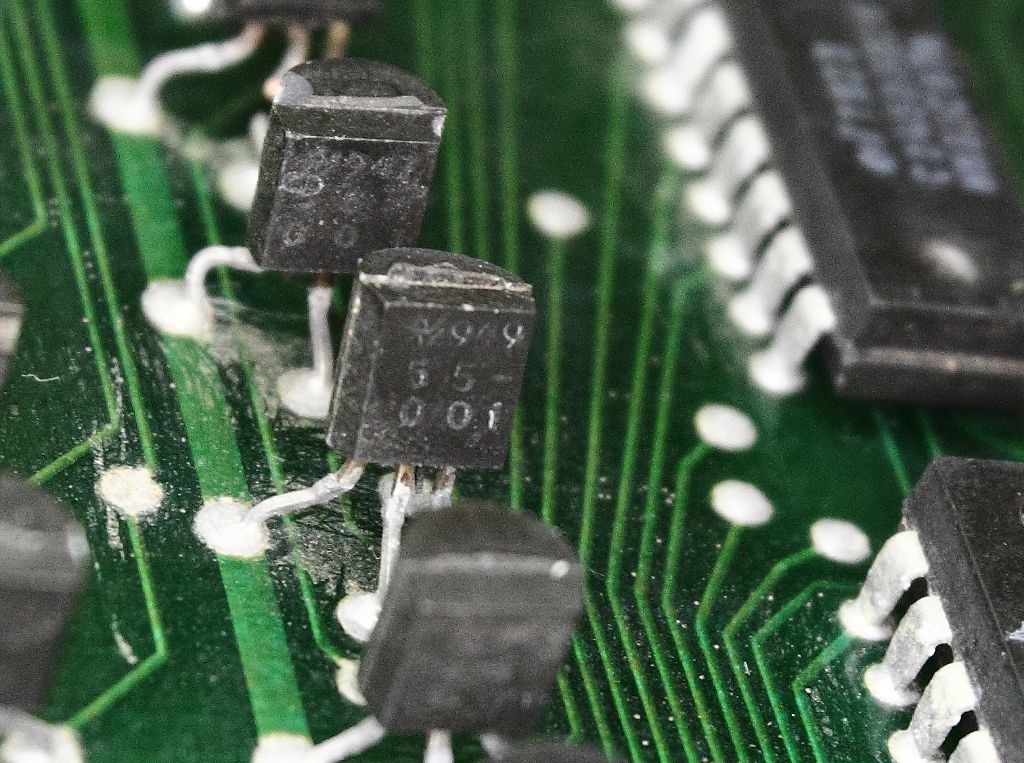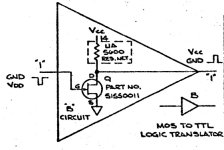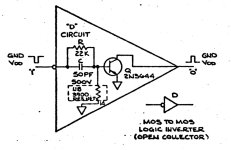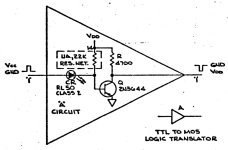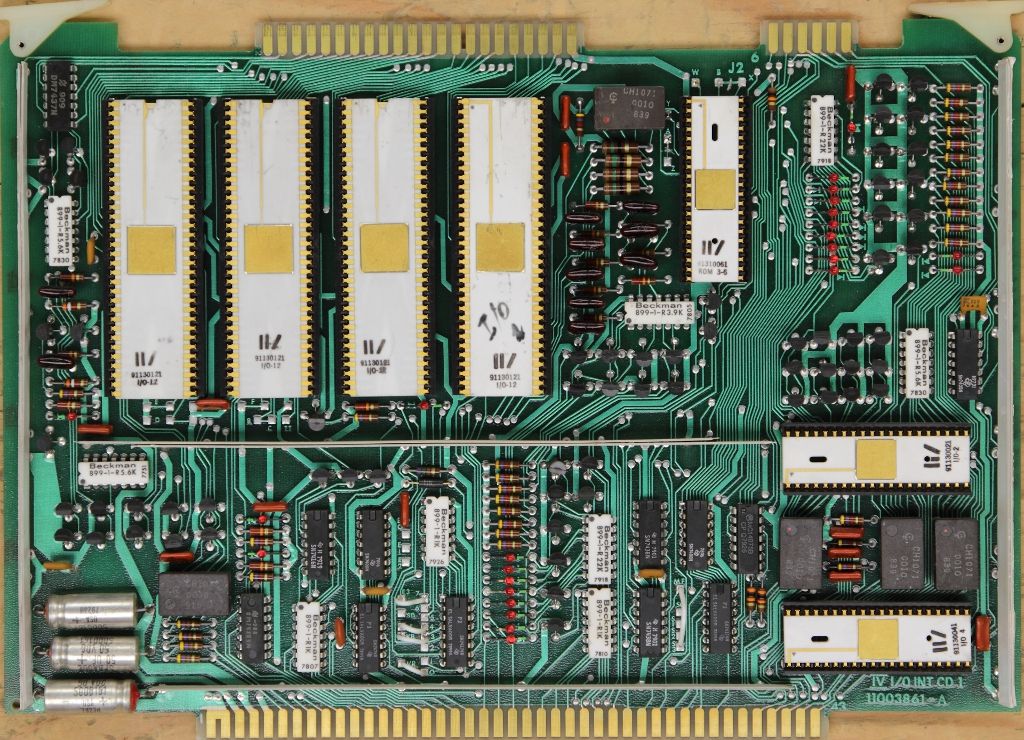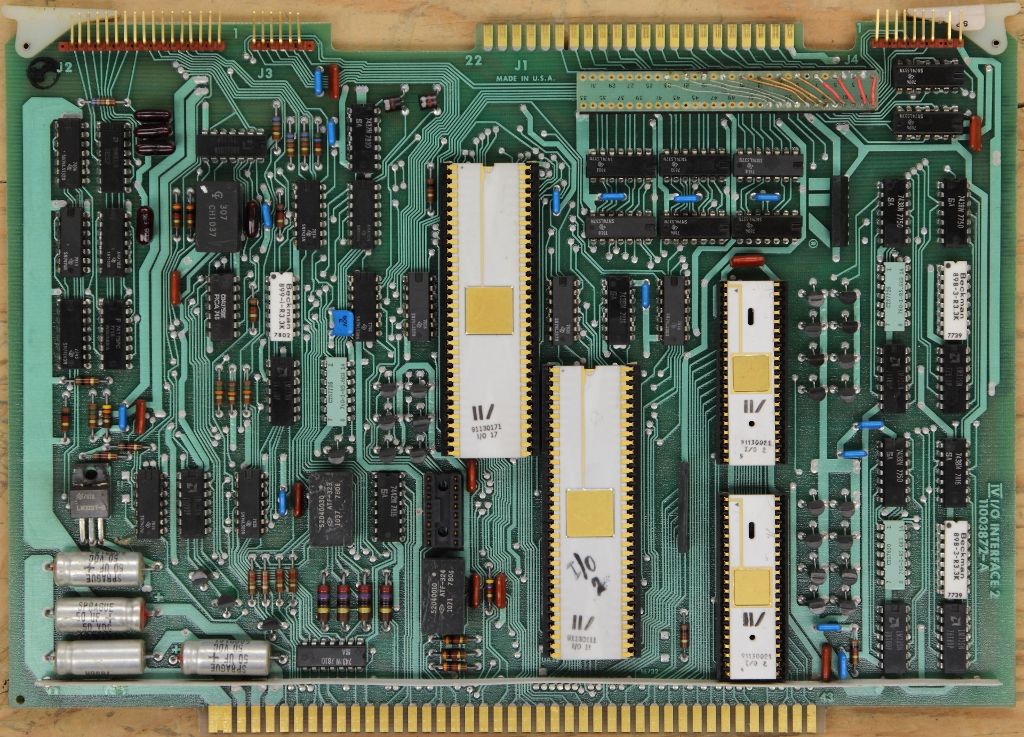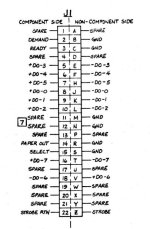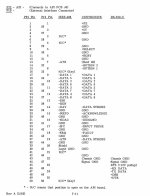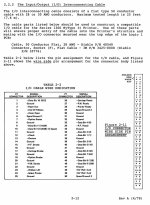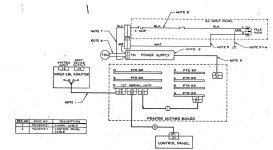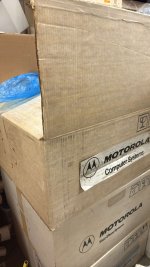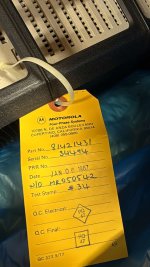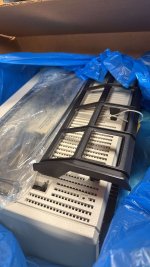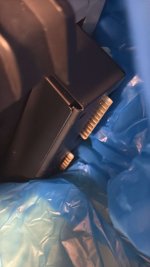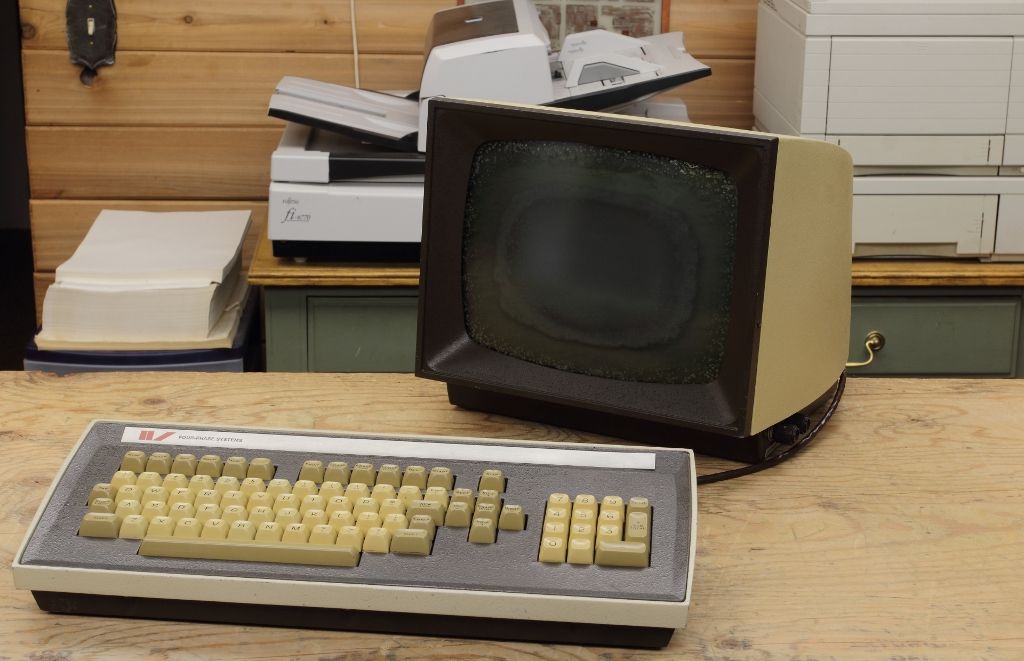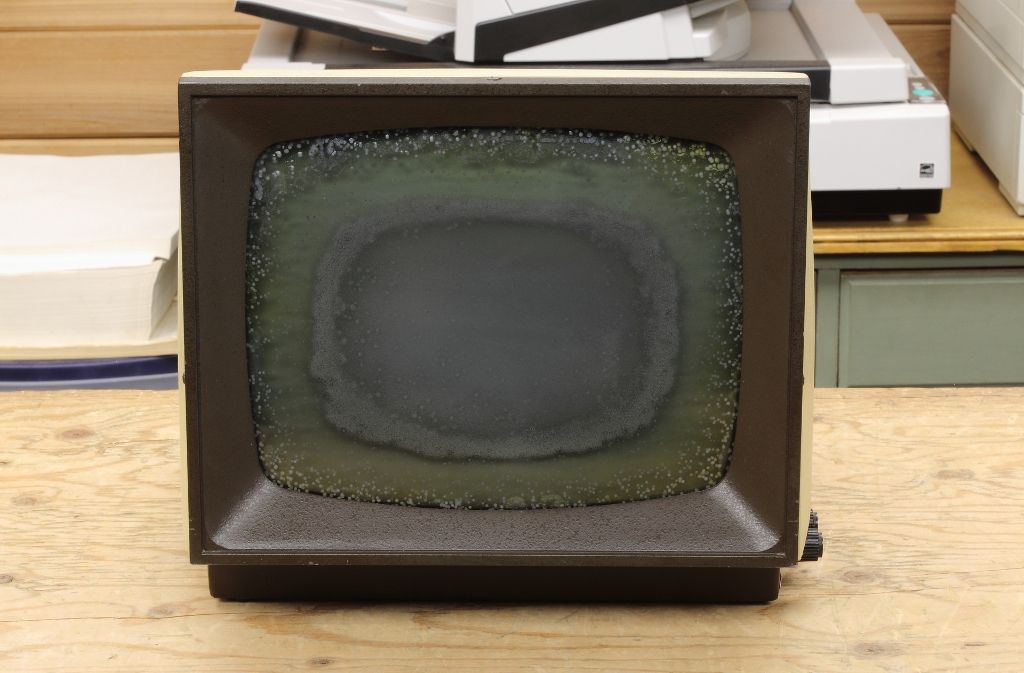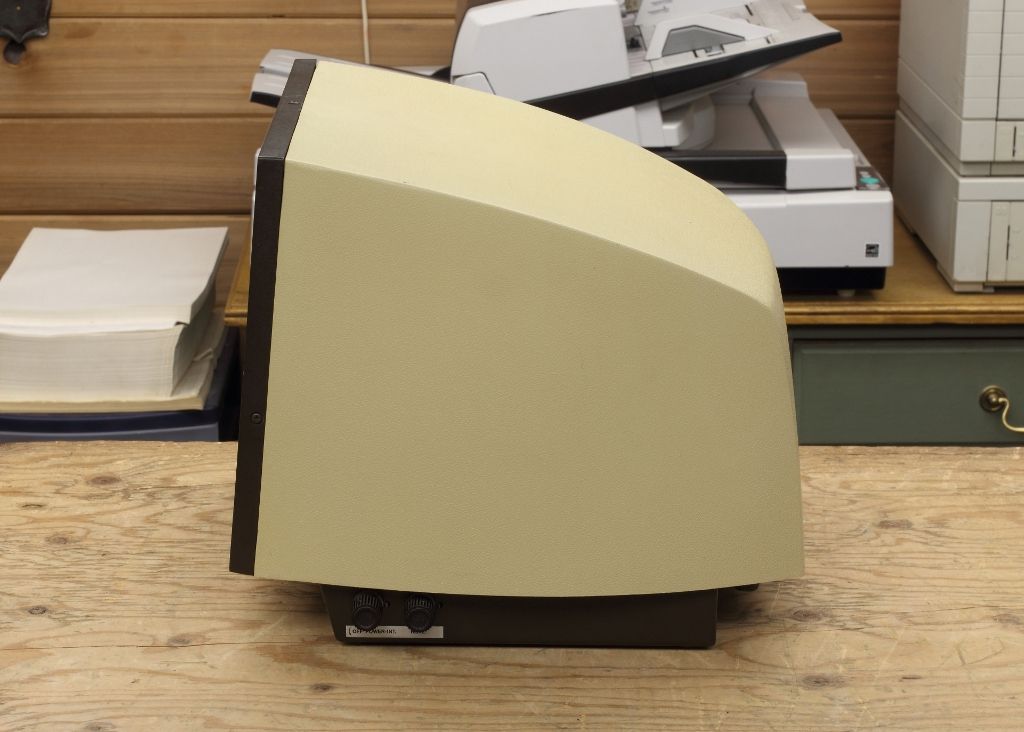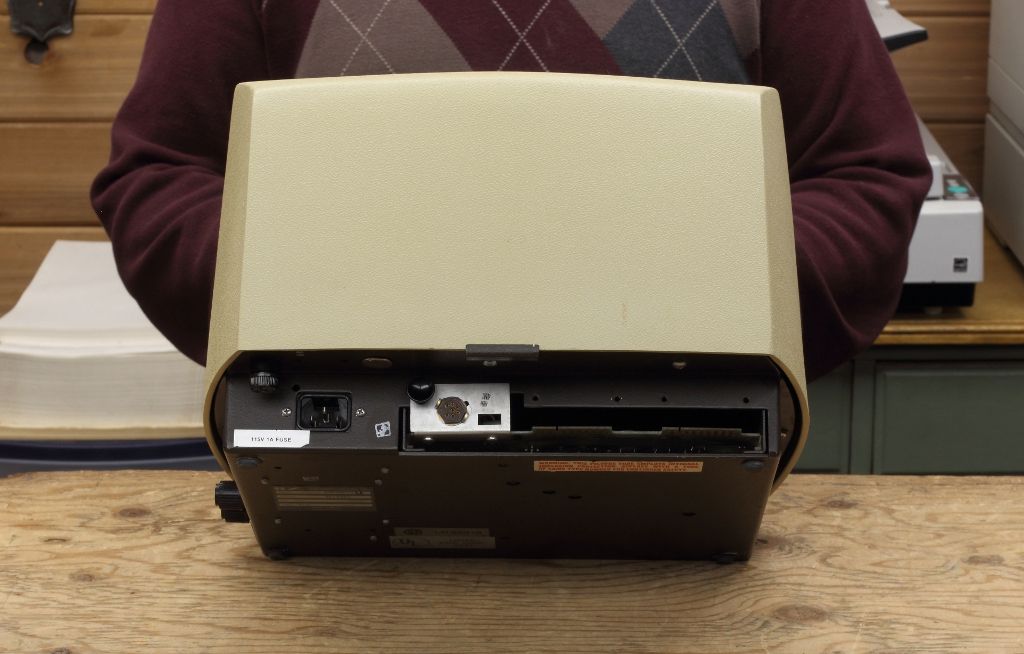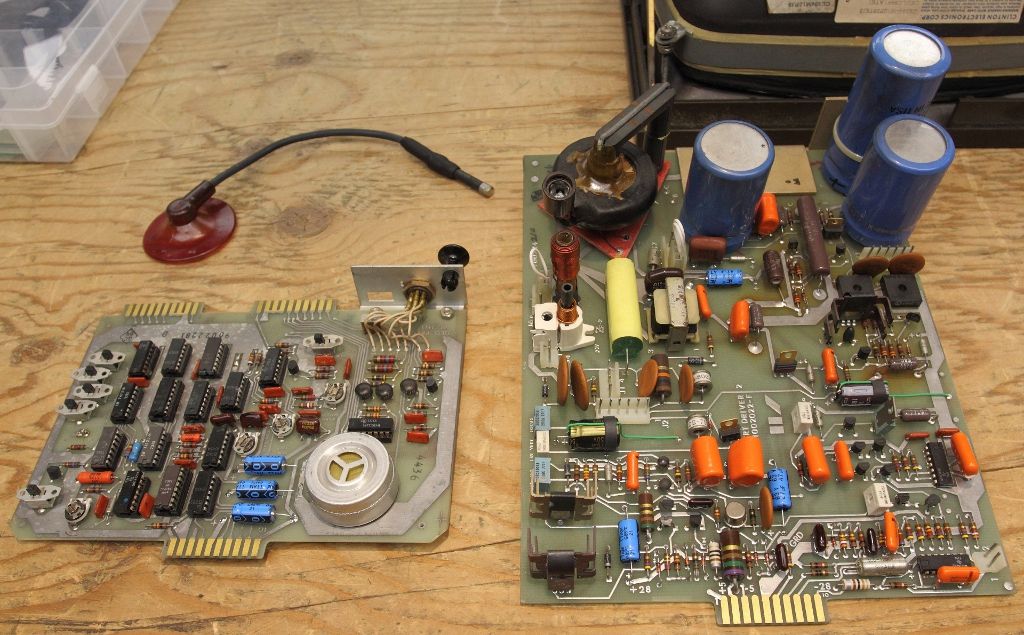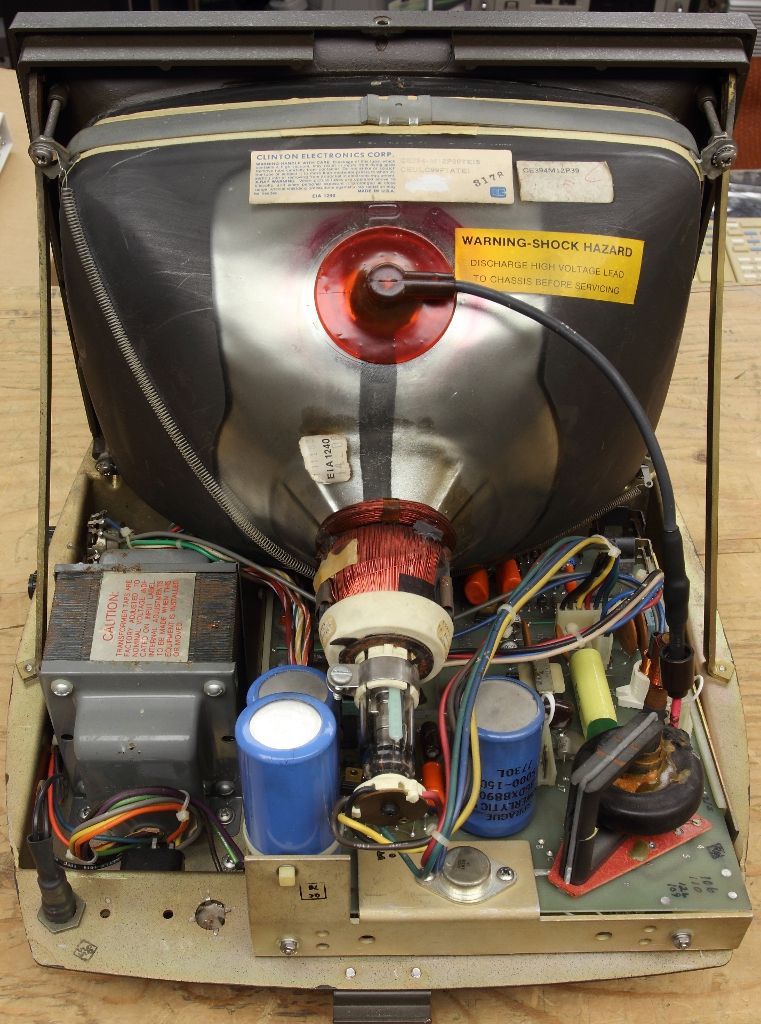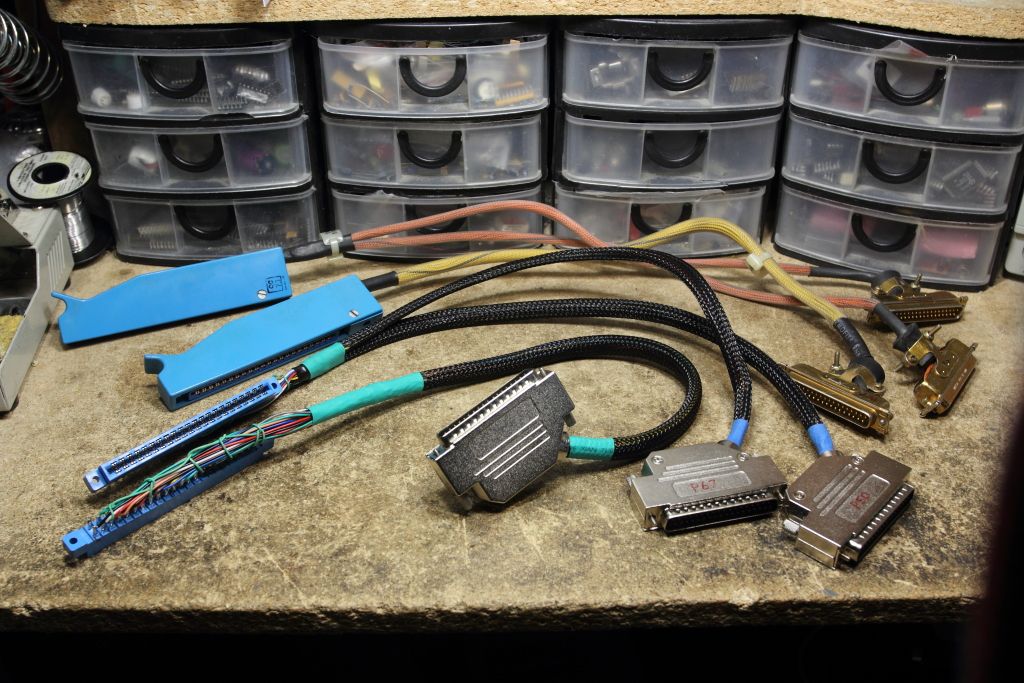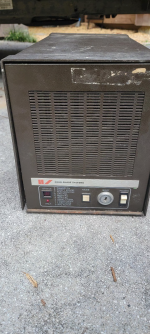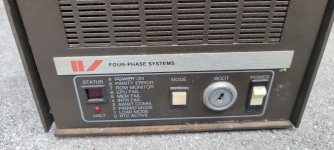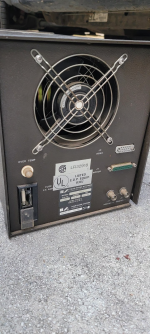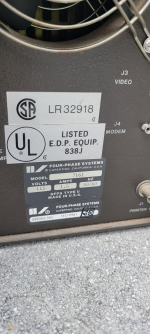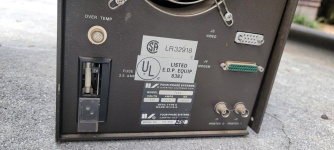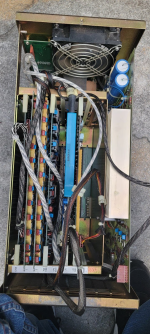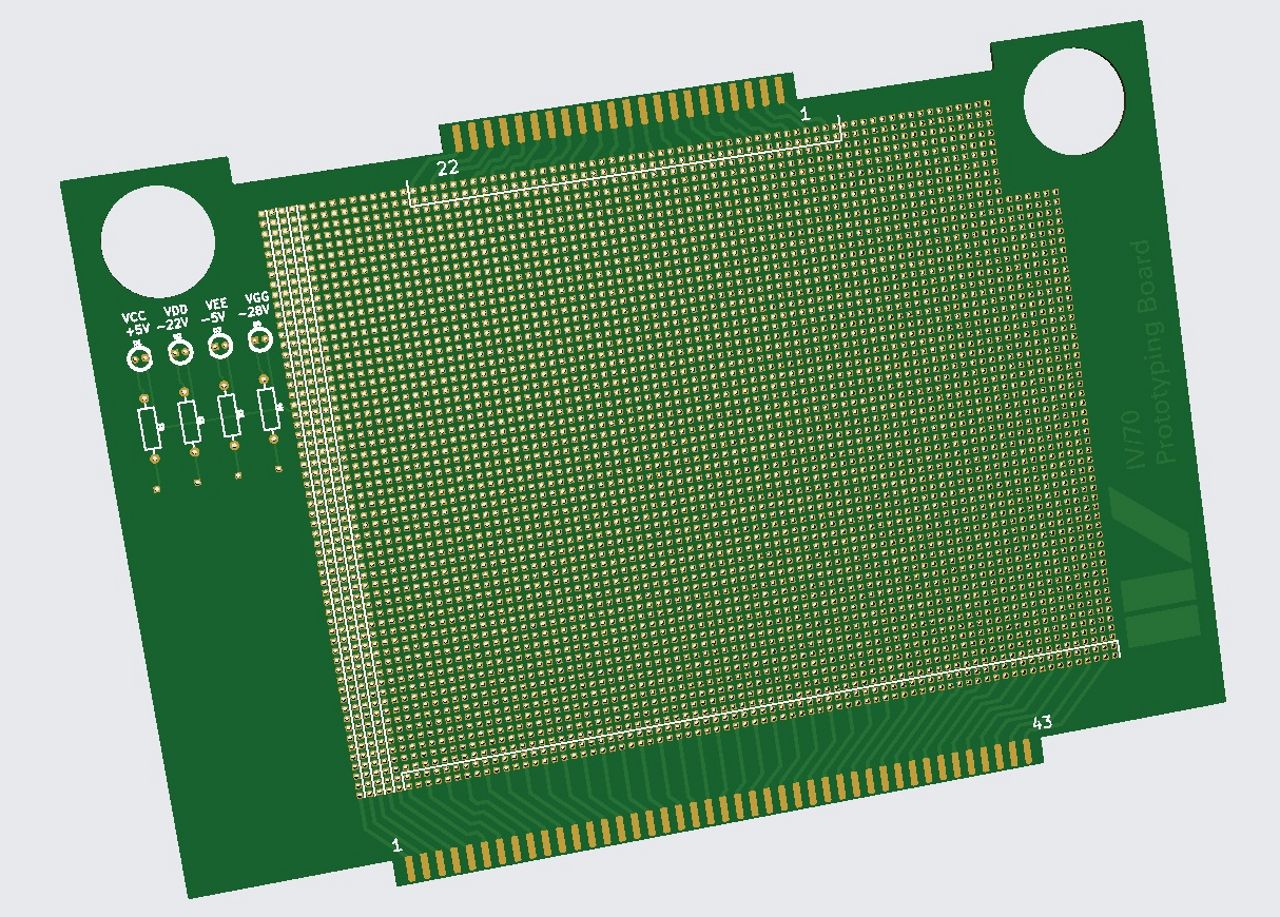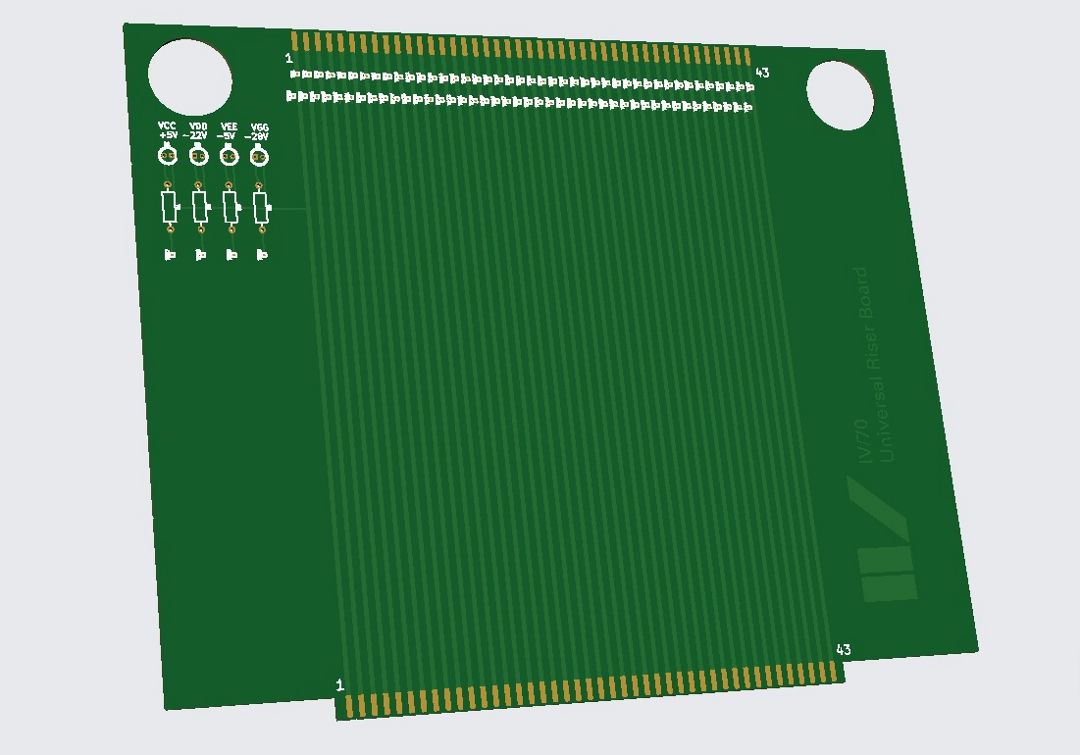anderskaare
New Member
- Joined
- Jun 4, 2024
- Messages
- 3
I have a faint recollection that the bottom surface contain the servo-tracks, if so it becomes even more challenging, but it would also mean that it might be possible to recover all the data.
My own recollection and figure 3-17 in the reference manual suggests that it's the top surface of the middle disk that contains servo tracks:
The scratches that you saw - are they on the very bottom disk, or on disk 4-of-5 from the top? Because only the middle 3 disks contain data/servo.
Anyway, the work of Chris Fenton is interesting in case we'd ever have to archive a disk pack but we're unable to properly spin up the drive (the lack of servo could be one such reason):

Digital Archeology with Drive-Independent Data Recovery: Now, With More Drive Dependence! : Chris Fenton : Free Download, Borrow, and Streaming : Internet Archive
The goal of this project was to recover the data from an 80 Megabyte CDC 9877 disk pack that potentially contains system software for a Cray-1 supercomputer...
archive.org




